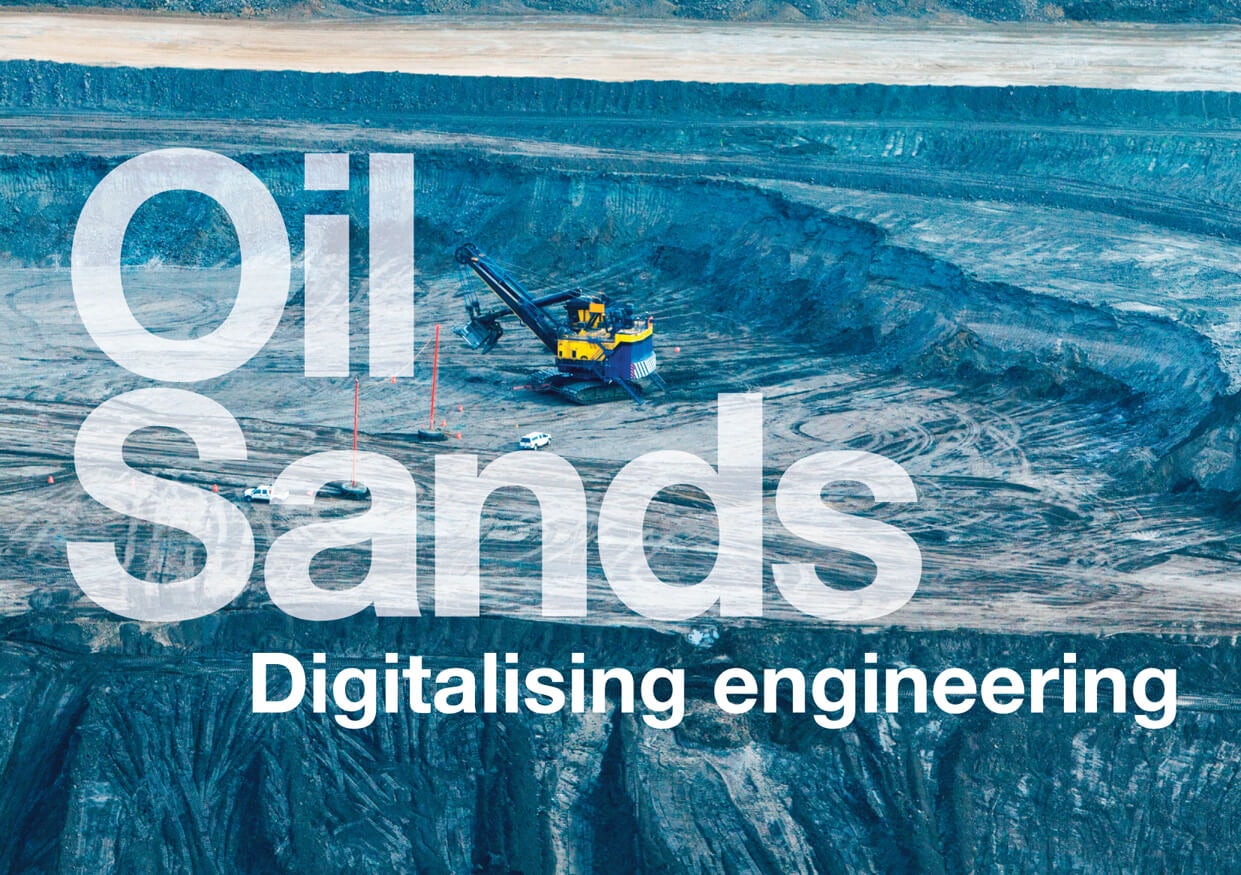Digitalising engineering to lower oil sands cost
It is no secret that oil drilling and pumping is a financially demanding process but it is even more so when it is a question of oil sands.
They not only require a substantially larger amount of water and energy in the drilling stage but the extracted oil then needs to be either upgraded to a different oil type or diluted. This leaves the industry grasping for a way to somehow reduce costs, which is where this new engineering proposition comes into its own.
Digital Oilfield has already been proven countless times to be the one method that will reduce financial risk and boost the efficiency of oil production. However, so far it has not yet been applied to engineering, which is the obvious next step.
Such a trial has already been conducted in Canada, where a front-end engineering and design (FEED) of an oil sands project was carried out completely through a digital engineering environment. The results showed that the environment was able to cut down costs to deliver 16% under budget. With further development in the upcoming months, the savings are anticipated to be even greater – which is considerable when the projects can cost millions of dollars.
It is, however, going to be a struggle to get companies to trust the digital engineering environment, being used to a paper trail as they are, computers are not accepted easily.
An example of this is found in how engineering companies handle the engineering and design of an oil sands facility. Rather than having the whole process in one software application specifically developed for such purposes, the companies prefer to archive the different stages of a project on paper. This would include thousands of drawings, plans and structures from very early on until the end, mapping out each phase.
The digitalisation of engineering would therefore make all the documents more accessible to all the concerned parties – e.g. the engineering firm and the client – reducing in time and coherency. Searching for a certain aspect of the project will be easier and any changes would be reflected in other parts of the design. It would also mirror the path of modern data, empowering the oil sands industry to slowly but surely start moving forward in today’s digital age.
Dashboard’s view on the innovation is positive and as with any technological leap, we support incorporating the latest machinery and electronic solutions. Our belief in the Digital Oilfields value for oil sands is very strong and as a part of this sector, we will be contributing to making these long overdue changes happen.
